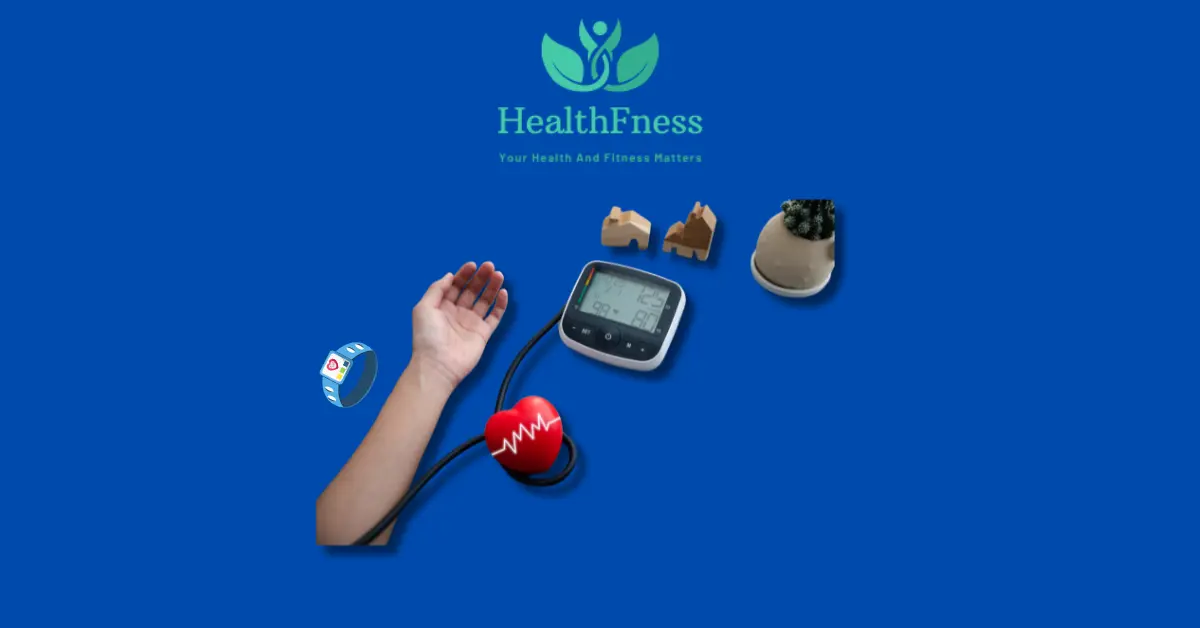Improve your endurance with targeted training methods and heart rate monitoring. Discover the significance of pulse rate measurement in workouts, along with top strategies to boost resistance and optimize fitness levels effectively.
Why heart rate measurement is important for workouts:
Define the objectives
Defining specific objectives is paramount when aiming to improve resistance. Whether aspiring to conquer a half marathon in under 02:00 hours or pursuing other endurance goals, clear targets provide focus and drive for training efforts. Objectives to consider include:
- Increasing stamina and endurance levels.
- Enhancing muscular strength and power.
- Improving cardiovascular fitness through targeted workouts.
- Elevating overall performance in sports or activities.
- Attaining specific time or distance milestones in races or events.
These objectives serve as benchmarks, guiding training strategies and pushing boundaries for continuous progress and success.
Measure heart rate
A heart rate monitor or app is a great help to improve endurance. Heart rate monitoring allows for targeted training control. So you can adjust the effort exactly to your body and your goal. Therefore, training with pulse rate control is the basic requirement to improve resistance.
Varied training
The body quickly gets used to constant exertion. To improve your endurance, you have to reactivate your body over and over again. Vary your training methods. Incorporate HIIT workouts, alternate long sessions with interval training, and increase distance or pace.
Explore the link about exercise heart rate: Why you should monitor your exercise heart rate↗️
Heart rate measurement: Basis for improving endurance
Training based on heart rate improves endurance
Training with heart rate measurement offers quantifiable data on the current and previous physical constitution. Thus, progress can be measured in a valid way.
This quantification system allows for specific training modifications and is therefore more encouraging than intuitive training to improve endurance.
Heart rate measurement prevents overloads
Especially beginners, but also experienced athletes, often have problems correctly assessing the intensity of your effort.
Thanks to heart rate monitoring it is possible to make sure that you are actually training with a pulse rate that allows the body to improve endurance.
Training based on heart rate: How it works
If you want to improve your endurance, you have to be able to graduate with the effort. The pulse rate that should be achieved during training depends on each person
To improve endurance, it is important to know your own optimal training pulse rate. The starting point for calculating the appropriate training pulse rate is always your maximum pulse rate (HRmax).
Calculate the maximum heart rate
| General Formula | Men: HRmax = 223 – 0.9 x age Women: HRmax = 226 – age | Fast, easy start in resistance training based on heart rate | Offers only approximate value. Actual HRmax cannot be precisely calculated. |
| Auto Diagnosis | Various variations possible, e.g., run 3×3 minutes. Measure HRmax immediately after stopping. | Personalized approach. Can validate HRmax with formula. | Difficulty in quantifying effort. Error-prone. Health risks for athletes unaware of underlying health conditions. |
| Professional Diagnosis | Combination of scientific methods under medical supervision. | Individualized. Maximum effort under medical guidance. Reliable conclusions. | Involves expenses, typically €100 to €300. |
Measure heart rate like the Professionals
- Consider utilizing professional methods like lactate measurement or ergospirometry for precise training zone determination.
- Ideal for serious athletes or those with physical limitations aiming for competitive success.
- Choose a heart rate monitor with a chest strap for accurate training measurements.
- While apps offer convenience, consider their slight accuracy compromise compared to chest strap monitors, especially for beginners.
Training Zones: Not All Endurance Training Is Created Equal
Once the maximum heart rate has been calculated, goal-focused methods of improving endurance can be chosen.
Training methods vary depending on the type of sport and goals. We present a summary of forms of resistance and basic methods most common in the field of non-professional sport.
| Training Area | % of HRmax | Characteristic |
| Basic Resistance 1 | 65-75 |
|
| Basic Resistance 2 | 75-85 |
|
| Endurance Competition | 85-95 |
|
| Regeneration Zone | 55-60 |
|
Take health conditions into account
If you are in good health and fitness, running is probably one of the most practical sports: you can run anytime, anywhere.
However, for people who have joint problems or who, for example, put heavy stress on their knees on a regular basis, cycling or swimming is often the best choice.
Training on the elliptical trainer or rowing machine can also be an alternative. People with chronic diseases and cardiovascular problems should consult their doctor before starting resistance training.
Improve your resistance: Training methods
Duration method
- Enhances RB1 and RB2 zones.
- Consistent intensity for at least 30 minutes.
- Improves long-term endurance.
- Increases resistance to physical and mental monotony.
- Stimulates fat metabolism.
Interval method
Training plan to improve endurance
If you want to improve your endurance, a training plan is essential. The specific configuration of it depends largely on the starting level, the objective, and the type of sport. In addition to the general criteria when creating your training plan, you must take into account the following principles:
- Training with heart rate measurement
- Combine the duration method and interval training
- Include regeneration phases in planning
- Integrate strength training
- Take into account the slower adaptation of the passive musculoskeletal system
FAQS
Why is it vital to assess heart rate during exercise?
During exercise, heart rate measurement is vital since it allows you to check your intensity level and alter your routine accordingly. You can guarantee that you are working out at a level that is tough enough to increase your fitness but not so severe that you risk injury or burnout by checking your heart rate.
What is the average resting heart rate?
A healthy resting heart rate ranges between 60 and 100 beats per minute (BPM). The precise range, however, can vary depending on factors such as age, activity level, and health issues.
How can I figure out what my target heart rate zone is?
You can use a calculation based on your age and resting heart rate to estimate your goal heart rate zone, or you can use a heart rate monitor to watch your heart rate during exercise and modify your intensity level accordingly.
What are the advantages of exercising in target heart rate zones?
Working out in target heart rate zones can enhance cardiovascular fitness, and calorie burn and lower the chance of injury or burnout.
What are the many kinds of heart rate monitors?
Heart rate monitors come in a variety of styles, including chest strap monitors, wristwatch monitors, and smartphone apps.
How do heart rate monitors function?
Sensors in heart rate monitors typically measure the electrical activity of the heart and calculate the heart rate based on this data.
Can I wear a heart rate monitor while doing any kind of exercise?
Yes, a heart rate monitor can be used throughout most sorts of exercise, including aerobic workouts such as running, cycling, and swimming, as well as strength training exercises.
How do I modify my workout based on my heart rate data?
If your heart rate is too low, you should up the intensity of your workout. If your heart rate is too high, you may need to reduce the intensity or take a break to allow it to return to normal.
How frequently should I check my heart rate during exercise?
The frequency with which you measure your heart rate is determined by your goals and the severity of your workout. In general, it's a good idea to monitor your heart rate throughout your workout to ensure you're keeping within your desired heart rate zone.
Conclusion
Video Credits:

Dr. Mark Jenkins, MD - General Physician (California, USA)
Dr. Mark Jenkins is a board-certified general physician based in the United States, specializing in preventive medicine, nutrition, and lifestyle health. With years of clinical experience in primary care, he is dedicated to helping patients and readers alike make informed, science-based decisions about their well-being.
As a trusted medical reviewer and contributor to Healthfness.com, Dr. Jenkins ensures that all health content meets the highest standards of accuracy, safety, and evidence-based medicine. His expertise bridges modern medical science with practical, everyday wellness strategies, making complex topics approachable for all audiences.
Outside the clinic, Dr. Jenkins is passionate about living the healthy lifestyle he teaches. He enjoys hiking with his dog, experimenting with vegetarian cooking, and exploring the latest health research. He believes that small, consistent lifestyle changes lead to lasting health improvements, and he aims to inspire readers to take proactive steps toward a healthier, happier life.
Explore more of Dr. Jenkins’ evidence-based insights at Healthfness.com



